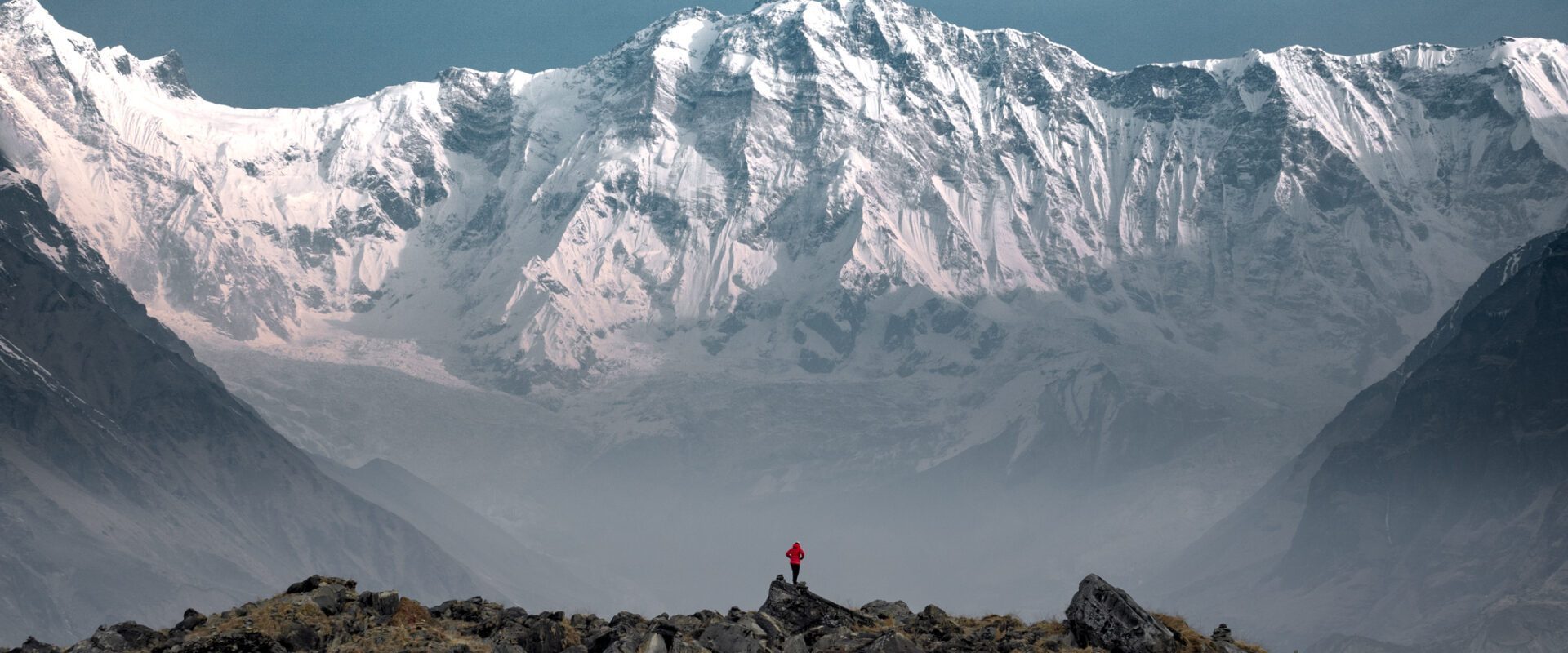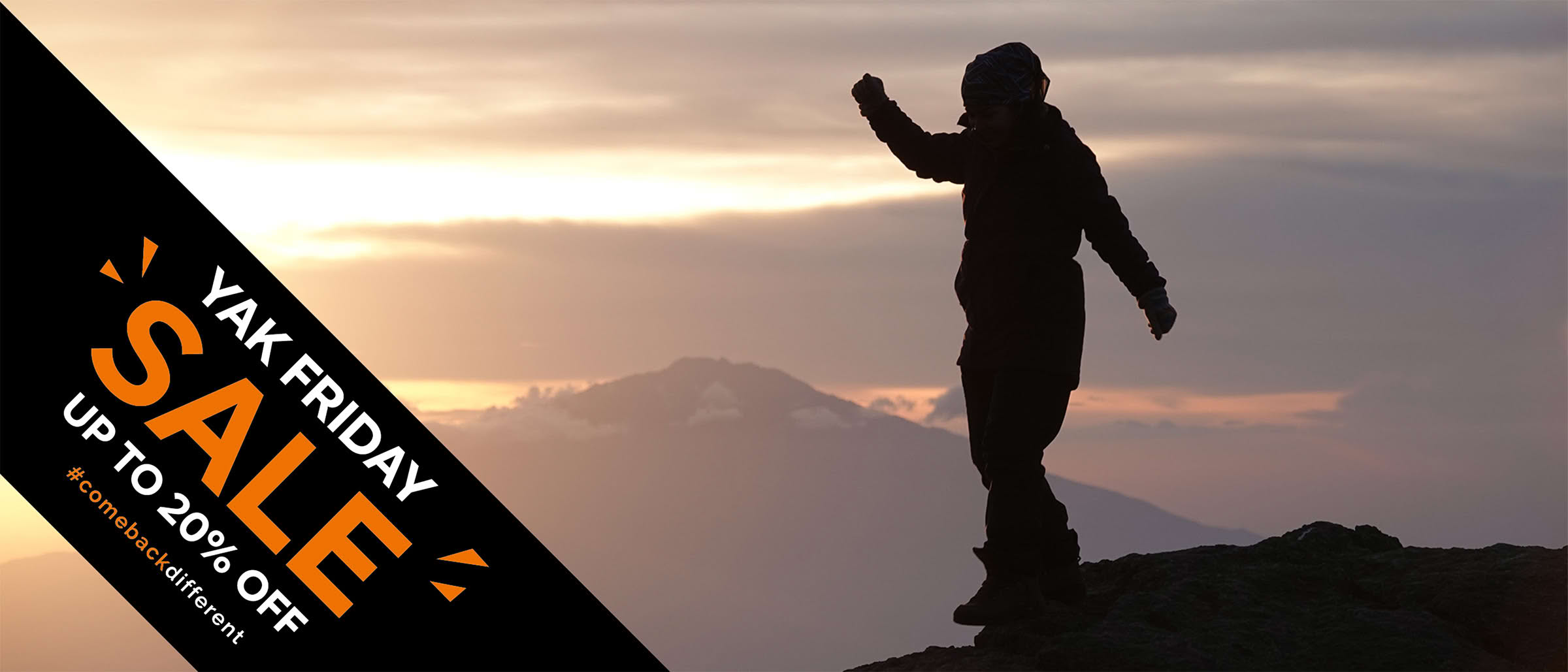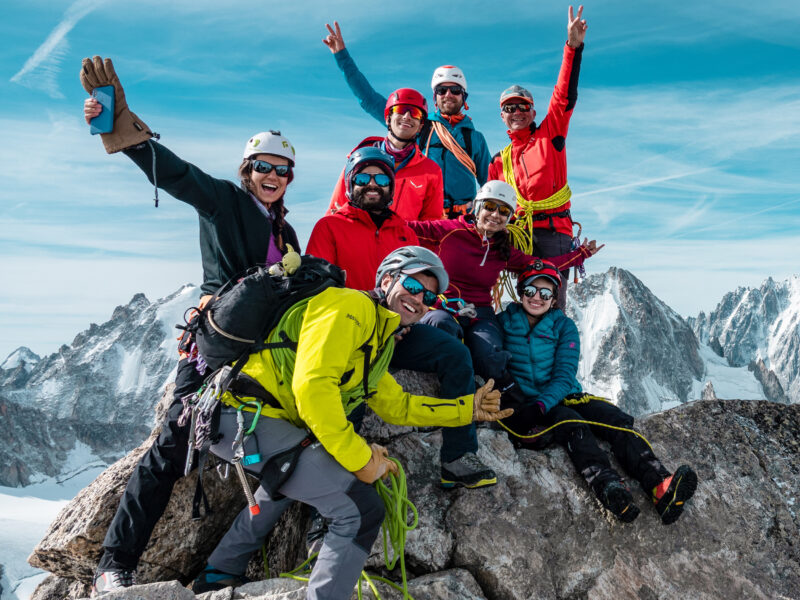BY Hazem El Shamy | June 16 2025
Can Beginners Trek to Annapurna Base Camp?

The Annapurna Base Camp trek is one of those journeys that looks intimidating on paper—but feels entirely possible with the right mindset and preparation. It’s raw, scenic, and more accessible than most Himalayan treks. So if you’re wondering whether you can do it with zero trekking experience—yes, you absolutely can.
It’s Not About Being a Pro. It’s About Being Prepared.
You don’t need mountaineering experience, technical gear, or superhuman stamina to reach Annapurna Base Camp (ABC). What you do need is a reasonable level of fitness, a bit of mental grit, and a willingness to keep putting one foot in front of the other.
The trek is categorized as moderate. That means it’s not a walk in the park—but it’s not out of reach either. You’ll be trekking anywhere between 6–8 hours a day through terraced hillsides, river valleys, dense rhododendron forests, and eventually, the stark, snow-draped amphitheater of the Annapurna Sanctuary.
What Makes it Beginner-Friendly?
1. Altitude:
At 4,130 meters (13,550 feet), Annapurna Base Camp sits at a significantly lower altitude than Everest Base Camp (5,364 meters). This reduces the risk of severe altitude sickness and makes acclimatization more manageable.
2. Teahouse Trekking:
You don’t have to rough it. Every night ends in a cozy teahouse with a hot meal, a warm bed, and fellow trekkers swapping stories over ginger tea. This setup means you can trek with a lighter pack—and enjoy the culture and hospitality along the way.
3. Flexible Itineraries:
Depending on where you start (Nayapul, Ghandruk, or even Jhinu), the trek can be completed in as little as 7 days or stretched to 12 or more. This flexibility allows beginners to adapt the pace to their comfort level.
What You’ll Need
You don’t need to be a marathon runner, but you should be comfortable walking several hours a day. Think of it as slow hiking at altitude—cardio helps, sure, but mental stamina goes even further. Here’s what matters more than muscle:
- Comfortable broken-in hiking boots
- A reliable guide or trekking company
- Light layers for changing weather
- Hydration, hydration, hydration
- A positive mindset (seriously—it’s underrated)
When to Go
Spring (March to May) and autumn (September to November) are the sweet spots. Clear skies, stable weather, and mountain views that leave you speechless. Winter is doable too, but bring your thermal gear.
So, Can You Do It?
If you’re new to trekking and dreaming of the Himalayas, Annapurna Base Camp is the perfect place to start. It’s tough enough to make you proud, gentle enough to be achievable, and beautiful enough to make you want to do it all over again.
We’ve guided countless first-timers to ABC. And if there’s one thing we’ve learned—it’s that the mountain doesn’t care how experienced you are. It just asks that you show up, keep moving, and respect the journey.
Climb on!
About The Author
Hazem is an avid high altitude mountaineer and adventurer that has helped lead hundreds of climbers to summits across the Himalayas, Andes, Atlas, and Caucus mountain ranges. He believes that inspiration is best served on a sharp ridge 6000 meters up in the sky, and is committed to making big mountain goals more achievable to the everyday climber.
About Life Happens Outdoors
At Life Happens Outdoors, we believe in the power of nature to transform lives. As proud members of the Adventure Travel Trade Association (ATTA) and the World Travel & Tourism Council (WTTC), our team of certified guides and outdoor professionals is committed to the highest standards of safety, sustainability, and excellence.
Discover more about our story and mission on our Meet LHO page, or explore our curated adventures such as the Tour du Mont Blanc Trek, the Climb of Kilimanjaro, and Chasing the Northern Lights.















